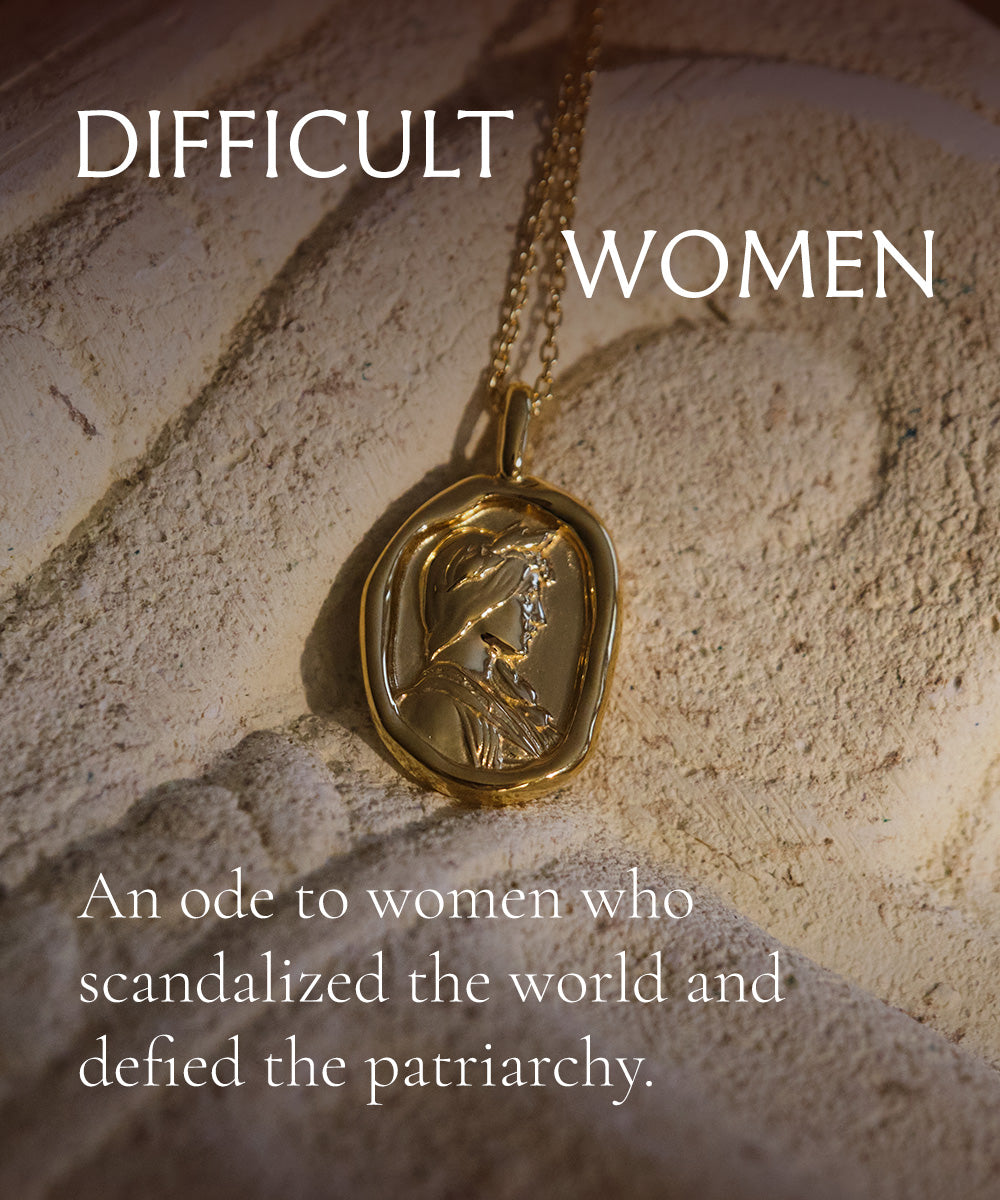“Only in womankind is sexuality no surrender of the ego boundary, no schism; it abides as the homeland of the personality, which can still include the sublimations of the spirit without losing itself.” - Lou Andreas-Salomé, The Freud Journal, Journal 118, 1912-13
What is it about Leda that inspires art that surpasses the bounds of time? Paintings, sculptures, mosaics, frescoes, engraved in wood and stone and cast in gold, the story of Leda and the Swan recurs again and again as the unflinching representation of the overwhelming absolute of Eros, passionate love.
We would not skirt the violent version of the myth, but like the obsession of the great artists, our hearts are drawn to the myriad of representations of Leda as a woman in the throes of ecstasy, the very vision of the feminine ability to give into the desire for love and the love of desire without losing that which makes her, herself. This is the story we have been called to tell.
It is the luxury of scandal, Leda’s unabashed sensuality, and the exuberant, undeniable beauty of seduction within the parting grass and downy feathers that draws us in. In this, our depiction of Leda and the Swan, we honor the expression of unbound desire.
This, too, is what Léon François Comerre paints in The Triumph of the Swan, with elegant Leda drawn back and surrounded by the verdant glow of a meadow, peering down at the viewer through dewy eyelids. She is smitten, ravished, and unashamed. Leda’s beauty and that of her surroundings in this intimate but sinful moment evoke feelings of wonder as the viewer’s own sensuality is stirred.
What keeps us returning, centuries on, is the freedom of Leda: the impulse, the passion, the erotic desire to push the boundaries of all that is acceptable in favor of what is true. Leda’s crimson-cheeked gaze frees her viewer. With her permission, we begin to release the false need to deny these irreverent and irresistible secret desires, personified by the Swan, the king of gods brought to his knees by the very sight of his beloved, disoriented by the urges that draw him but undeniably and wholly enchanted.
“...His weight bearing down,
his long neck thrusting her hand aside,
the god released himself into his beloved.
Only then did he delight in his feathers
and, in that moment, become truly a swan.”
- Rainer Maria Rilke, “Leda,” 1908









